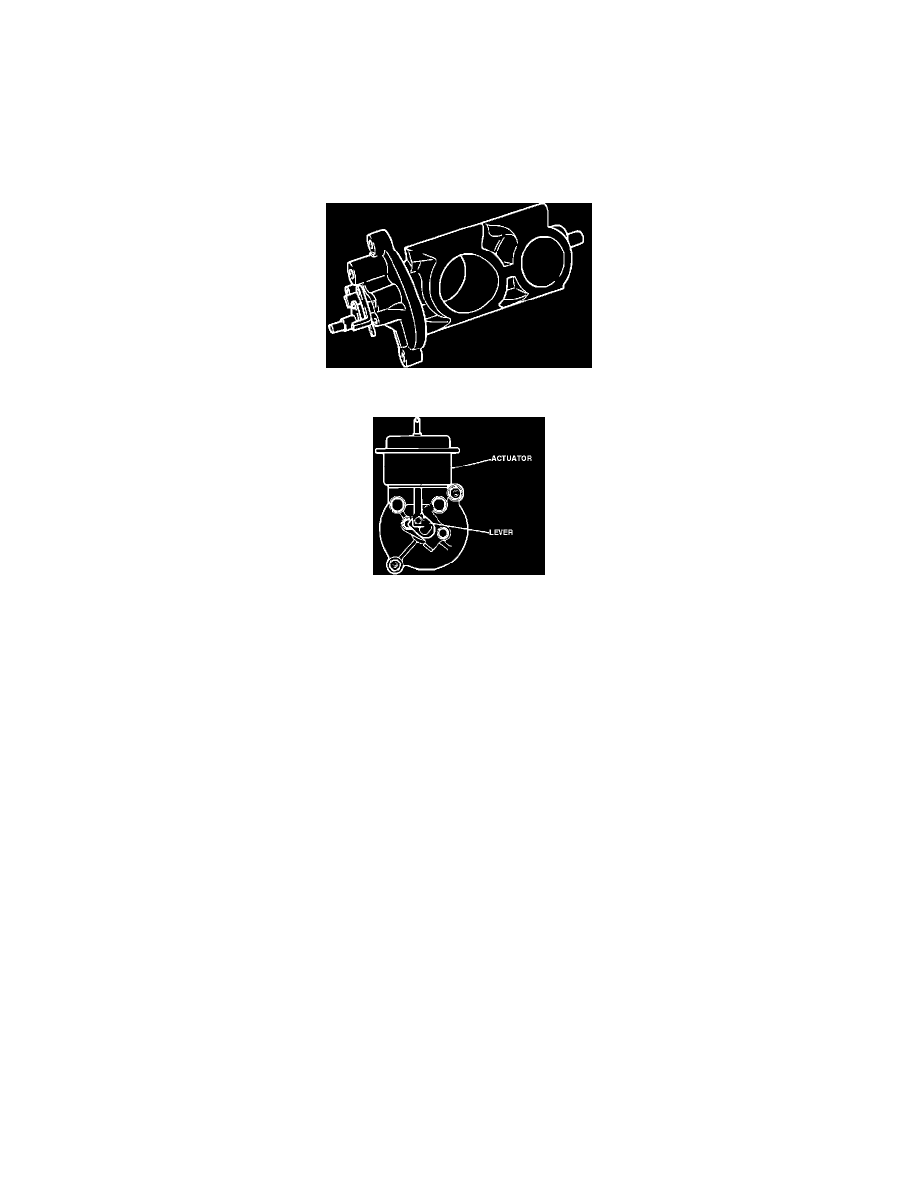RX7 2RTR-1308cc 1.3L MFI (1991)

When one rotor has completed its intake phase, air in the intake runners still has velocity and momentum toward the ports, which are now closed by the
rotor. The air compresses at the closed ports, and then begins to rebound, creating a pressure "wave" that travels back through the intake runners. The
exten manifold contains a valve (VDI valve) between the intake runners of each rotor housing. When the valve is closed (at low engine speeds), the
pressure wave from one rotor travels a long path all the way back to the dynamic chamber, and has little or no effect on the air in the intake runners for
the other rotor. At high engine speeds (above 3,850 rpm) the VDI valve opens, creating a short path between the intake runners for each rotor housing.
With the valve open the pressure waves, created when one rotor closes its intake ports, travel towards the open intake ports of the other rotor housing,
compressing the air along the way. This helps "pack" the other rotor housing with a denser air/fuel charge. The "dynamic effect" reciprocates back and
forth between intake runners for each intake phase.
VDI Valve
VDI Valve Actuator
The VDI valve is operated by a pressure actuated diaphragm mounted on the end plate of the valve. Air pressure is supplied to the diaphragm by the air
pump. The air supply to the actuator is regulated by a computer controlled solenoid valve, so that no pressure is applied until the engine speed excedes
3,850 rpm.
